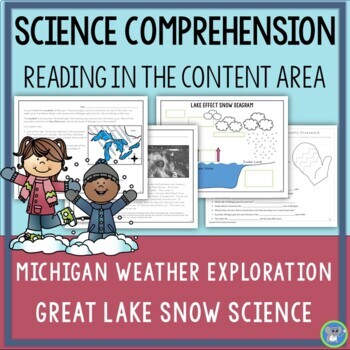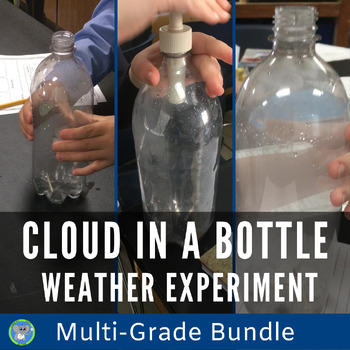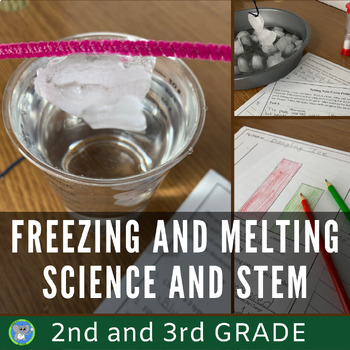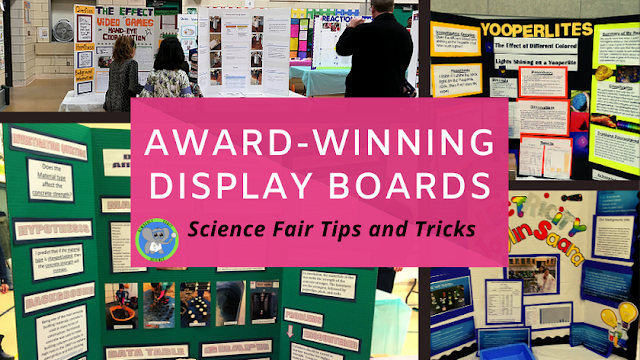Engaging Winter Snow Science Experiments and Activities For Kids
What causes snow to form? Why do some regions receive more snow than others? What factors contribute to the melting of snow? Snow is a fascinating phenomenon that some may never see. Here are some engaging experiments designed to help students who have never experienced snow understand it better and enable those who get snow to become experts on the subject.
If you want to become a snow expert, you need to understand the water cycle. Did you know that most rain starts out as snow and melts on its way down? It is very cold in the atmosphere. Creating a cloud in a bottle helps students understand what clouds need to form; water, temperature and pressure changes, and atmospheric dust.
The Science of Freezing and Melting
Why do we use salt on sidewalks and roads? What exactly does salt do to the snow and ice? This can be a hard concept to understand, but there are many ways to demonstrate the science of salt and ice.
Dangling Ice on A String
This classic experiment will improve students' understanding of why salt is used during winter. It makes an excellent science fair project or in-class activity. Freezing and melting are essential processes in the snowy season, and this activity will feel like a magic trick.
What is Lake Effect Snow?
If you live in the snowbelt, you are likely familiar with lake effect snow. This fascinating phenomenon can result in significant snowfall. This activity reinforces understanding of the water cycle and allows students to use maps to discover patterns.
SHOP THIS POST
READY-TO-GO RESOURCES
LEARN MORE
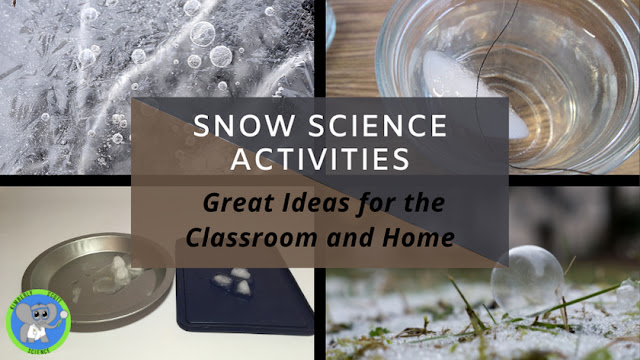

.png)

